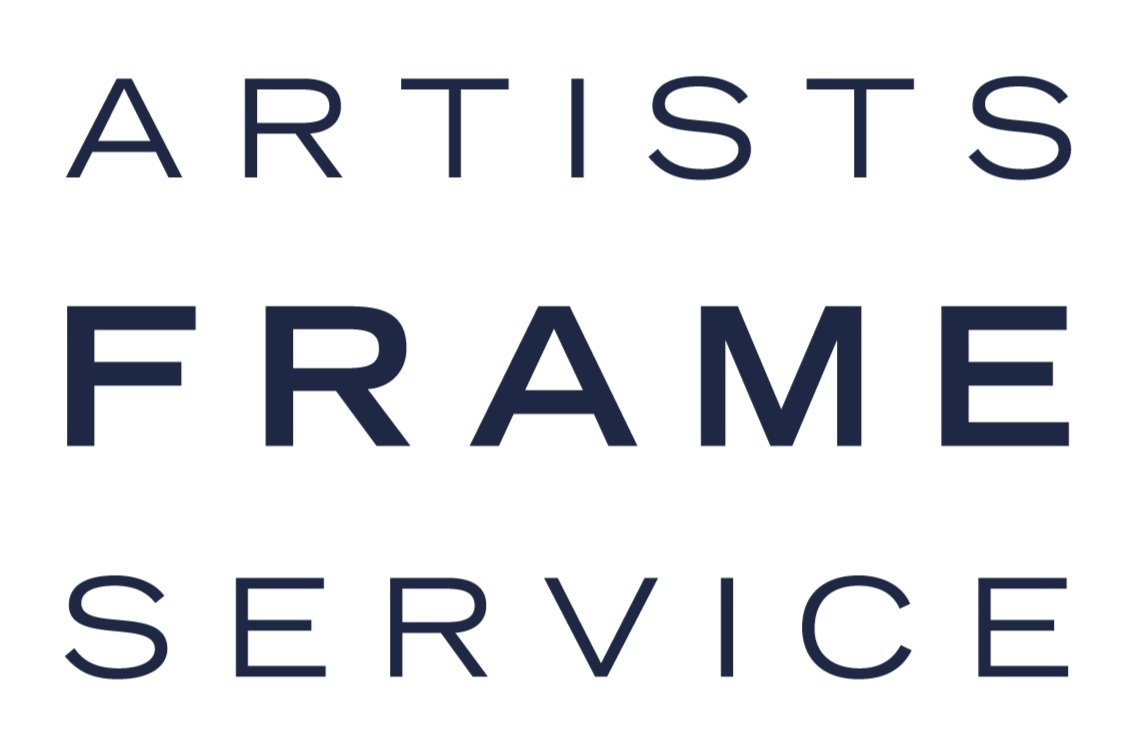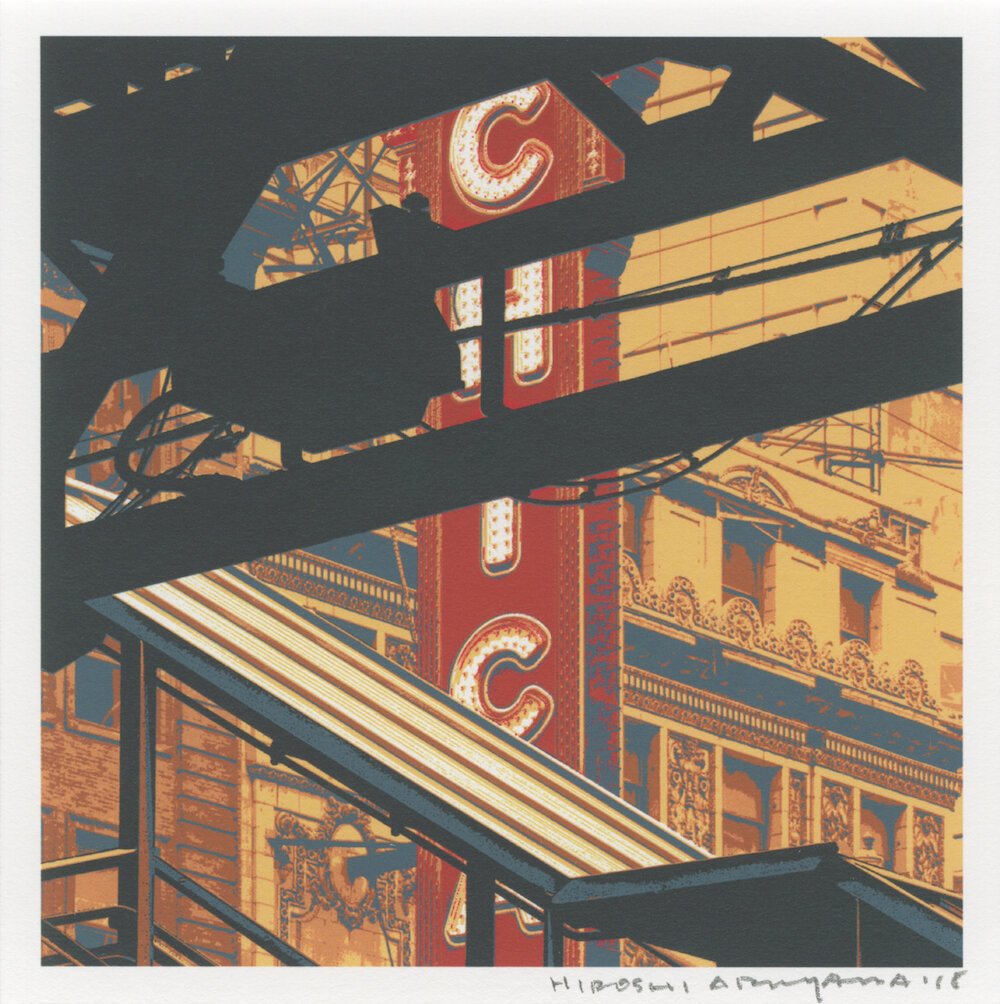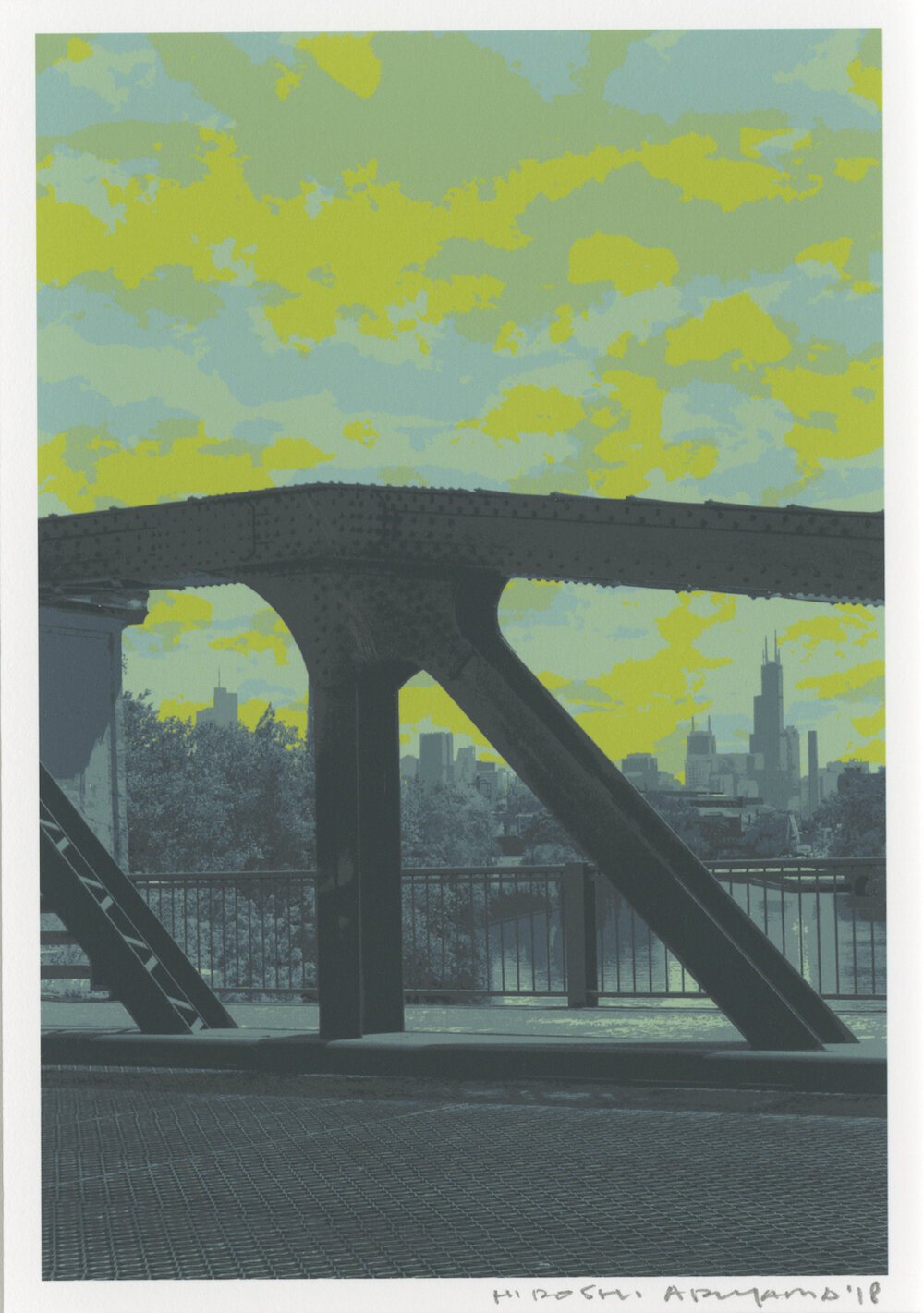Artist Q&A: Hiroshi Ariyama
How did you get started in the arts?
When I was sixteen I had a chance to attend a talk by Saul Bass, who was a top graphic designer putting out world-class designs for global companies. I learned that a simple logotype or title, when designed expertly, has the power to thrive in a competitive marketplace. The pursuit of perfection in simplicity was something that appealed to me and I remember feeling this is what I wanted to do.
Long story short, I became a graphic designer and was fairly successful at it, but I was doing less hands-on creating. I missed the joy of coming up with something magical. After nearly 20 years of commercial work, I was beginning to feel the need to build a new art practice.
In the early 2000s, I lived across the street from this quaint park in Bucktown that hosted the nicest community-based art fair each summer. Every year, as I walked the show, I wondered if I could enter my own work. So one year I finally applied and was accepted. I had to get busy to create a substantial body of work because all I had was a few digital examples. Within three months, I came up with enough original hand-printed screen prints to fill my new booth. The result of that weekend was an overwhelming success. People responded and snapped up my original prints. I was surprised and overjoyed and became hopeful for the following years’ shows.
Your Our City, Our Neighborhood series captures a lot of iconic spots in Chicago. What do you find to be the most inspiring place in the city?
My series started with what we, as Chicagoans, would see on our everyday commute or routines. The parks, L trains, lakefront path and street corners. Then gradually I expanded to include downtown structures and some of the more recognizable landmark buildings, but even then I was hopeful that the viewers would identify the scene as something out of their everyday life.
There are a number of places to see the postcard views of this city. But we do not go there each day. We see our city from the vantage point from our daily activities and those are the scenes that I think people have attachments to and that I want to capture and celebrate.
Can you explain the process of screen printing?
A super-thin nylon mesh is selectively blocked to prevent exposing the paper to the ink. Where the ink is allowed to go through, that’s the area that would get the image on paper or other substrates.
Screen printing is also known as silk screening or serigraph. It’s a method of printmaking that is widely used for commercial purposes. Artists such as Robert Rauschenberg and Andy Warhol have made screen printing into a legitimate art-making method.
What have you been working on lately?
As the years go by, the architecture and streetscapes will change, and they definitely have. So I’m always searching and including the soon-to-be disappearing structures, as well as new structures that add to the make-up of the new cityscapes. I’m also starting to experiment with drone cameras and tripods with really long legs to capture new perspectives.
How has the pandemic influenced your point of view or work these last few months?
I don’t know for sure, but I am feeling the need for me to pursue some kind of visual aid for stressed-out people. Does art have the power to comfort? Commiserate? Heal? Help people stay optimistic?
I don’t have an answer to this, but I think about this a lot. In fact, as I work on more and more non-representational images, which I have returned to on and off throughout my career, I think my abstract art practice is how I respond to my inner voice and stay sane and optimistic.
Want to take a piece of Hiroshi’s Chicago home? We sell his screen prints in all three of our Artists Frame Service locations or online here.





